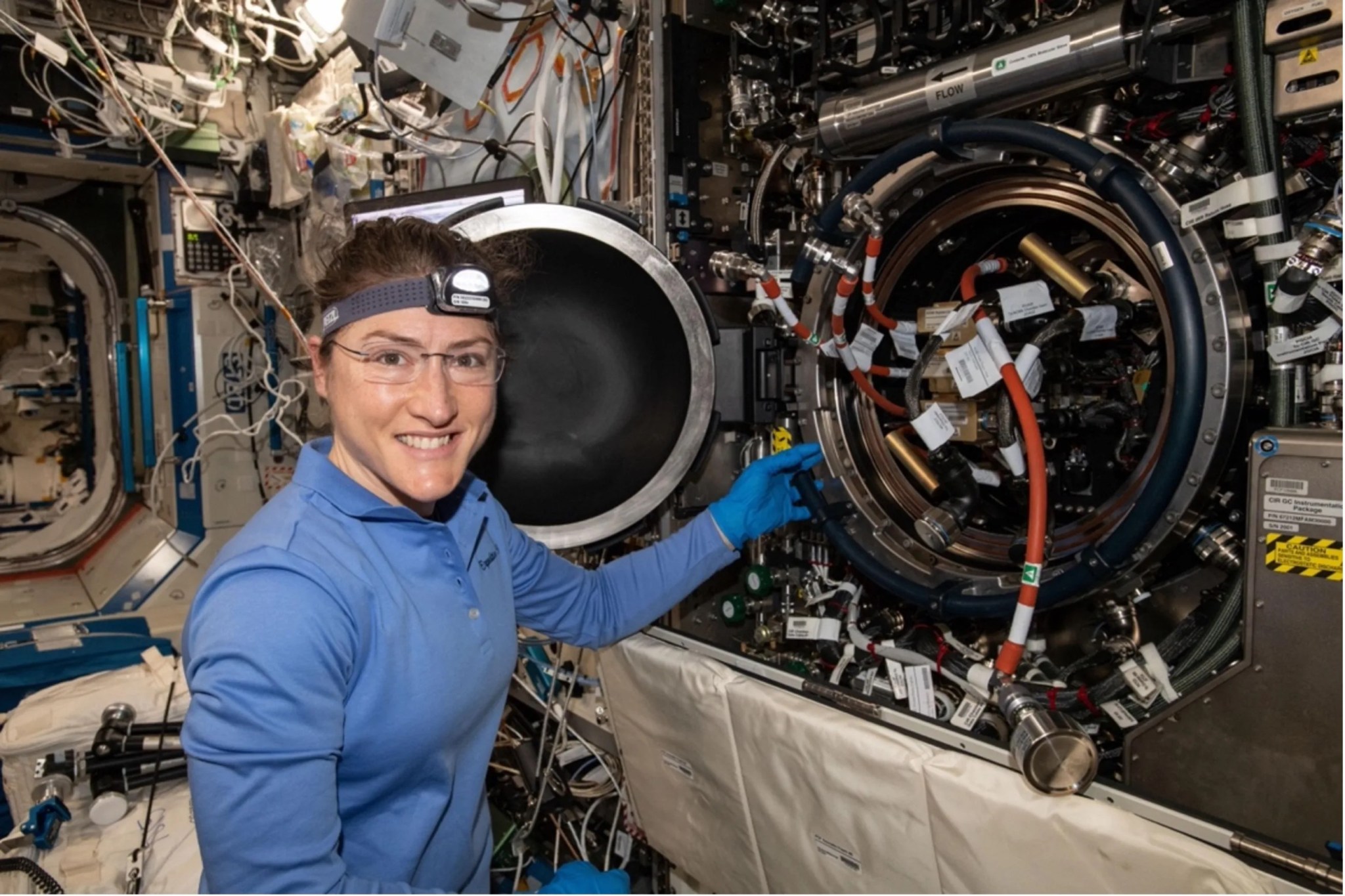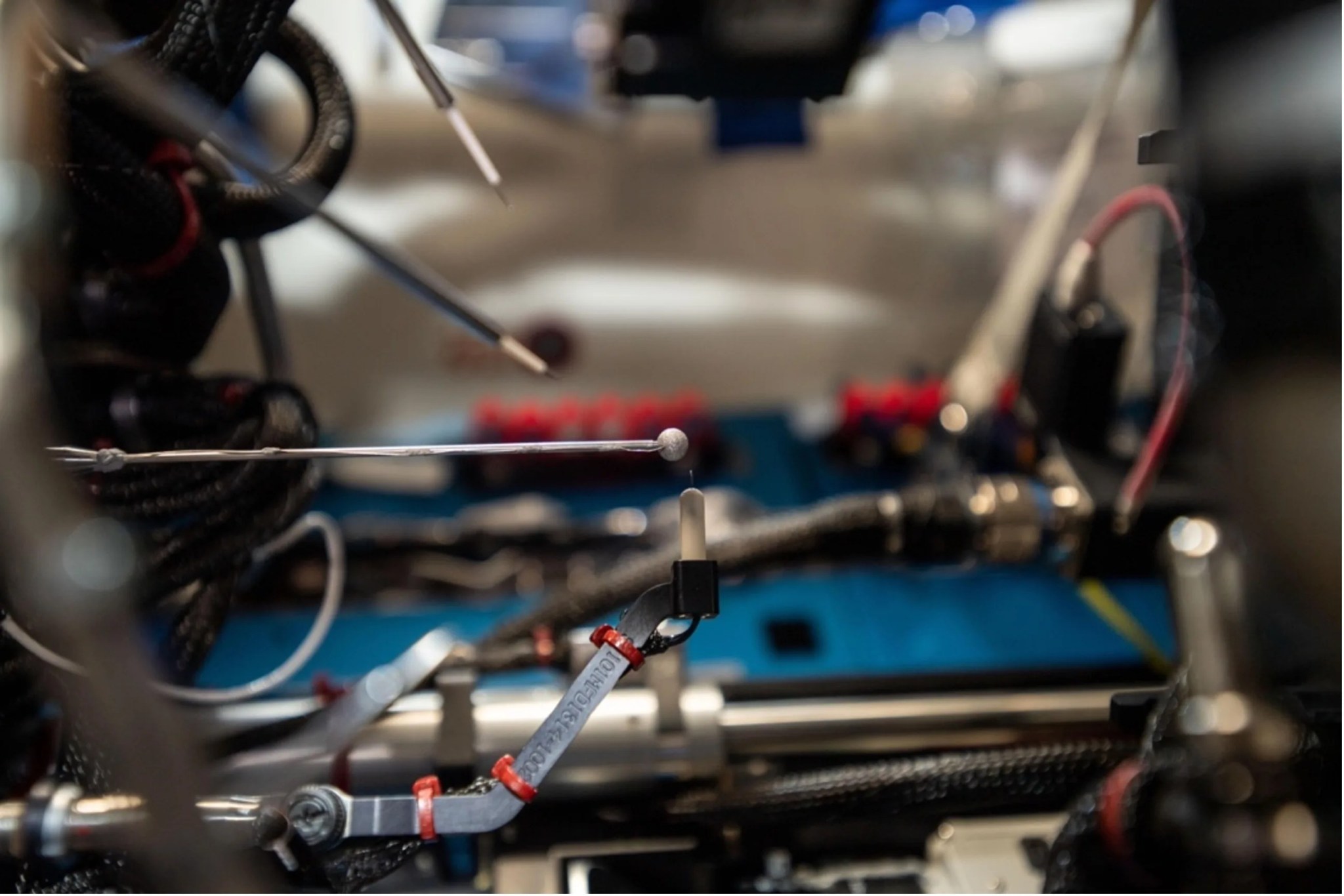Advanced Combustion Microgravity Experiment (ACME) Facility
Science Objectives
The Advanced Combustion via Microgravity Experiments (ACME) mission was a set of five independent studies of gaseous flames to be conducted in the Combustion Integrated Rack (CIR). ACME’s primary and secondary goals are (1) improved fuel efficiency and reduced pollutant production in practical combustion on Earth, and (2) spacecraft fire prevention through innovative research focused on materials flammability.
Status
Delivered to the International Space Station via SpaceX CRS-11.

Mission Description
The Advanced Combustion via Microgravity Experiments (ACME) mission includes five independent experiments investigating laminar gaseous non-premixed flames. In other words, the flow is smooth and without vortices, the fuel is a gas (and not a liquid or solid), and the fuel and oxygen are not mixed in the burner (but are instead on opposite sides of the flame sheet).
ACME is focused on advanced combustion technology via fundamental microgravity research. The primary goal is to improve efficiency and reduce pollutant emission in practical terrestrial combustion, for example through the development and verification of improved computational models. A secondary objective is fire prevention, especially for spacecraft. In addition to enhanced performance, the improved modeling capability resulting from ACME could lead to reductions in the time and cost for combustor design.
Some specific ACME goals are to improve our understanding of combustion at fuel lean conditions where both optimum performance and low emissions can be achieved, soot control and reduction, oxygen-enriched combustion which could enable practical carbon sequestration, flame stability and extinction limits, and the use of electric fields for combustion control.
The goal of ACME’s spacecraft fire prevention research is to improve our fundamental understanding of materials flammability, such as extinction behavior and the conditions needed for sustained combustion, and to assess the relevance of existing flammability test methods for the screening and selection of materials for spacecraft.
Space Applications
ACME’s BRE experiment is focused on spacecraft fire prevention. BRE’s objective is to improve our fundamental understanding of materials flammability, such as extinction behavior and the conditions needed for sustained combustion, and to assess the relevance of existing flammability test methods for low and partial-gravity environments. The other four ACME experiments are not being conducted for space applications, but their results may be applicable to space applications such as waste processing or spacecraft fire safety.
Earth Applications
Apart from BRE, the ACME experiments are primarily focused on energy and environmental concerns. ACME’s primary objective is to gain fundamental understanding that can enable improved efficiency and reduced pollutant production in practical combustion processes on Earth, for example through the development and verification of advanced computational simulations. In addition to enhanced performance, improved modeling capability can lead to reductions in the time and cost for combustor design. Some specific goals are to improve our understanding of combustion at fuel lean conditions where both optimum performance and low emissions can be achieved, soot control and reduction, oxygen-enriched combustion which could enable practical carbon sequestration, flame stability and extinction limits, and the use of electric fields for combustion control.































